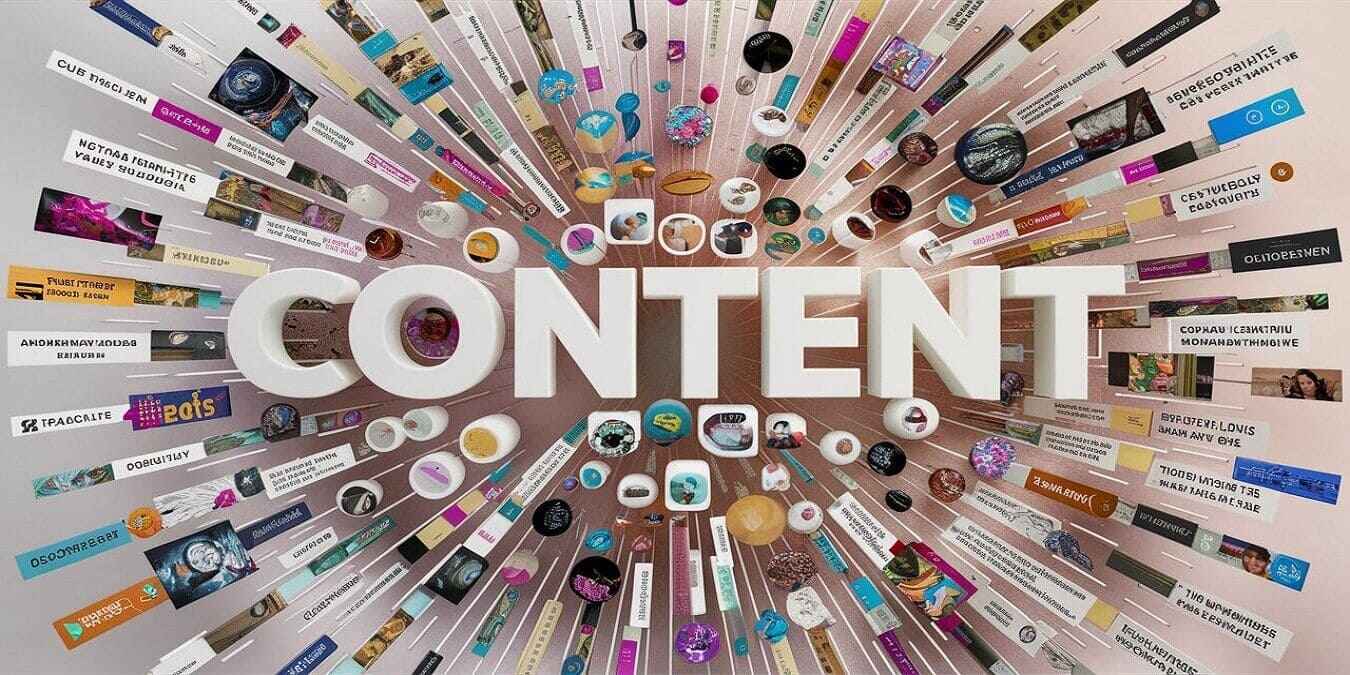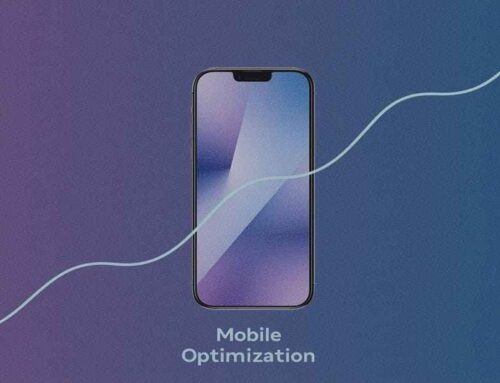
The Creator Economy
In an era dominated by social media and instant connectivity, the landscape of both content creation and consumption has dramatically evolved. This seismic shift has given rise to what we now recognize as the creator economy.
This new realm, bustling with influencers, content creators and even everyday users, has unlocked unprecedented opportunities for businesses willing to venture into the world of user-generated content (UGC).
This post will dive into the core of the creator economy and elucidate how businesses can harness the power of UGC to propel their brand forward.
The Emergence of the Creator Economy
The creator economy represents a burgeoning segment of the digital world where individuals leverage platforms like Instagram, YouTube, TikTok and Twitch to produce and monetize content. This transformation has democratized content creation, enabling anyone with a smartphone and internet connection to reach global audiences.
The trajectory of this evolution can be traced back to the early days of platforms such as YouTube, where pioneers shared DIY videos, vlogs and tutorials. With tech advancements and internet penetration, the accessibility to create and share content has significantly expanded. As a consequence, the lines between consumers and creators have blurred, giving rise to a symbiotic relationship where content creation is not just a pastime but a legitimate livelihood.
The allure of the creator economy lies in its authenticity and relatability. Modern consumers crave genuine interactions and personalized content that traditional advertising often fails to deliver. This paradigm shift necessitates a rethinking of marketing strategies, positioning UGC as a pivotal tool for business growth.
What is User-Generated Content?
User-generated content encompasses any form of content created by unpaid contributors. This can include photos, videos, reviews, blog posts, testimonials and social media updates. UGC is inherently authentic, as it showcases real experiences and perspectives of customers, making it a potent tool for businesses to build trust and enhance engagement.
Brands like GoPro, Starbucks and Airbnb have successfully integrated UGC into their marketing arsenals, fostering community engagement and amplifying their message. GoPro, for instance, thrives on user-submitted footage, which not only serves as compelling advertising but also creates a sense of community among its users.
The Business Case for UGC
Leveraging UGC offers a cascade of benefits for businesses of all sizes and industries.
- Authenticity and Trust: In an age where consumers are bombarded with ads, authenticity cuts through the noise. UGC bridges the trust gap, as content created by real customers is perceived as more trustworthy compared to brand-produced content.
- Cost-Effective Marketing: Creating high-quality content in-house can be resource-intensive. UGC leverages the creativity of your customer base, reducing costs and providing a steady stream of fresh content without straining your marketing budget.
- Enhanced Engagement: UGC fosters a sense of community and belonging among your audience. When customers see their content shared by a brand they love, it strengthens their emotional connection and encourages them to engage more actively.
- SEO Benefits: Regularly updated and diverse content can improve your search engine rankings. UGC results in a constant influx of fresh content, enhancing your site’s relevance and authority in the eyes of search engines.
- Increased Conversion Rates: The voice of the customer holds immense power. According to a study by Stackla, 79% of people say UGC highly impacts their purchasing decisions. Featuring genuine customer testimonials and reviews can substantially increase your conversion rates.
Strategies to Implement UGC Effectively
Integrating UGC into your marketing strategy requires more than sporadically sharing customer photos.
- Encourage and Curate Content: Billions of pieces of UGC are created daily across social media platforms. Encouraging your customers to share their experiences with your brand can be as simple as creating a branded hashtag or running a contest. Curate the best pieces of content and feature them on your social media profiles, website or email campaigns.
- Leverage Influencer Collaborations: Partnering with influencers who resonate with your brand values can amplify your reach. These creators bring with them a dedicated following and can inspire their audience to create and share content related to your brand.
- Incorporate Reviews and Testimonials: Authentic reviews and testimonials are gold mines for building trust. Highlight customer reviews on your website, social media and even in your email marketing campaigns.
- Showcase Customer Stories: Sharing the stories of your customers adds a human element to your brand. Videos or blog posts that feature customer journeys can create a deeper emotional connection and inspire others to share their stories too.
- Use UGC in Ads: UGC can be used in your paid ad campaigns to create relatable and compelling ads. Platforms like Facebook and Instagram allow you to promote user-generated posts, providing an authentic feel to your ads.
- Create Dedicated Campaigns and Challenges: Create campaigns that specifically aim to generate UGC. Examples could include photo challenges, video contests or story-sharing prompts related to your brand or its products. Offering incentives such as discounts, freebies or shoutouts can further motivate customers to participate.
- Feature UGC on Product Pages: Adding UGC to your product pages can significantly enhance the customer shopping experience. Photos of real customers using your products can provide a realistic representation, which helps potential buyers visualize the product in their own lives.
- Utilize Email Marketing: Incorporate UGC into your email marketing strategies by featuring customer stories, reviews and photos in your newsletters. This not only adds authenticity but also encourages other subscribers to contribute their content.
- Engage and Acknowledge Contributors: Always make it a point to acknowledge and appreciate the contributors of UGC. Simple gestures like tagging them in your posts or sending a thank-you message can provide positive reinforcement and encourage ongoing participation.
- Analyze and Iterate: Track the performance of UGC campaigns using analytics tools. Pay attention to metrics such as engagement rates, conversion rates and user sentiment. These insights will help you fine-tune your strategy to maximize the impact of UGC.
Overcoming Challenges in UGC Integration
While the rewards of leveraging UGC are substantial, it’s crucial to navigate the challenges that come with it.
- Quality Control: Ensuring the quality and relevance of UGC can be a challenge, as not all user submissions will align with your brand standards. Implement a robust curation process to filter out content that doesn’t meet your criteria.
- Legal and Ethical Considerations: Whenever you use content created by others, it’s important to understand and respect copyright laws. Always seek permission from users before sharing their content and give credit where it’s due.
- Brand Consistency: The eclectic nature of UGC can sometimes clash with your brand’s image. Create clear guidelines to help users understand what type of content you’re looking for and how they can align it with your brand message.
- Moderation: Depending on the volume of UGC, moderating content can become overwhelming. Consider using automated moderation tools that use AI to help review content, but always have a human touch to ensure accuracy and appropriateness.
Successful Case Studies of UGC in Action
Several brands have adeptly leveraged UGC to build robust marketing campaigns.
- GoPro: GoPro’s marketing strategy is fundamentally built on UGC. By encouraging customers to share their adventurous moments captured on their GoPro cameras with the hashtag #GoPro, the brand receives a continuous supply of authentic, action-packed content. The best submissions are featured on GoPro’s social media channels, giving users a platform to showcase their creativity while providing the brand with vibrant marketing material.
- Starbucks: Starbucks brilliantly utilized UGC during its “#RedCupContest.” Each holiday season, they encourage customers to decorate their iconic red cups and share photos via social media. The campaign not only boosts customer engagement but also drives seasonal excitement around the brand, with thousands of festive entries submitted each year.
- Airbnb: Airbnb’s success is partly due to their ability to tell compelling stories through the eyes of their users. By promoting user-generated photos and stories from guests, Airbnb paints a vivid picture of the unique experiences available through their platform. This approach not only builds trust but also fosters a sense of community among users.
- Coca-Cola: The “Share a Coke” campaign is another quintessential example of UGC at its best. By personalizing Coke bottles with popular names and encouraging people to share photos of their personalized bottles on social media, Coca-Cola created a hugely successful initiative that saw a significant increase in sales and engagement.
Future Trends in the Creator Economy and UGC
The creator economy is dynamic and continually evolving, opening up new avenues and trends that businesses need to monitor and adapt to.
- Short-Form Video Content: Platforms like TikTok and Instagram Reels have popularized short-form video content, which is bite-sized and highly engaging. Brands can leverage this trend by encouraging users to create short, impactful videos about their products.
- Live Streaming: Live streaming has gained traction as a way to engage audiences in real-time. Collaborating with creators to host live sessions can add a layer of authenticity and immediacy to your brand interactions.
- Augmented Reality (AR) and Virtual Reality (VR): AR and VR offer immersive experiences and are being increasingly incorporated into UGC. Brands can develop AR filters or VR experiences that users can interact with and share, adding a futuristic dimension to their engagement strategies.
- Niche Communities: As the internet becomes more fragmented, niche communities are becoming powerful drivers of UGC. Engaging with micro-communities that align with your brand values can yield highly specific and dedicated UGC that resonates deeply with particular audience segments.
- Social Commerce: The integration of e-commerce and social media platforms is blurring the lines between discovery and purchase. User-generated content that features product reviews or demonstrations within social media platforms can directly influence purchasing decisions and drive sales in real-time.
- AI and Machine Learning: AI and machine learning are being harnessed to analyze UGC trends and sentiment more effectively. These technologies can help brands better understand which types of content resonate most with their audience and how they can optimize their UGC strategies for maximum impact.
- Blockchain and Creator Compensation: Blockchain technology might revolutionize how creators are compensated for their content. Blockchain can facilitate transparent, direct and secure transactions, ensuring creators are fairly rewarded for their contributions.
- Collaborative Platforms: Platforms such as Patreon, Substack and others that support creator monetization are evolving. Brands can collaborate with creators on these platforms to co-create content that benefits both the brand and the creator’s community.
Practical Steps to Get Started with UGC
For businesses looking to dip their toes into the waters of UGC, here’s a step-by-step guide to get started.
- Define Clear Objectives: Determine what you want to achieve with your UGC strategy. Are you looking to increase brand awareness, drive sales, boost engagement or all of the above? Setting clear objectives will guide your efforts and help measure success.
- Know Your Audience: Understand your target audience’s behaviors, preferences and platforms of choice. This will help you create campaigns that resonate and inspire your audience to participate.
- Create a UGC Policy: Outline a comprehensive policy that details how users can share content, any incentives or rewards and how you will use this content. This policy should also address consent, credits and legal considerations.
- Select the Right Platforms: Choose the social media platforms where your audience is most active. Different platforms cater to different types of content and demographics, so tailor your approach accordingly.
- Develop a Content Calendar: Plan out your UGC campaigns and schedule them throughout the year. This ensures consistency and provides enough time to promote each campaign effectively.
- Promote and Engage: Actively promote your UGC campaigns through various channels, including social media, email newsletters and your website. Engage with participants by commenting on their posts, sharing their content and acknowledging their contributions.
- Measure and Iterate: Track the performance of your UGC initiatives using analytics tools. Measure engagement, reach, conversions and other relevant metrics. Use these insights to refine your strategy and enhance future campaigns.
Conclusion: Embrace the Power of UGC
In the ever-evolving digital landscape, the creator economy and user-generated content offer a beacon of opportunity for businesses to forge genuine connections with their audiences.
By leveraging the creativity and authenticity of your customers, you can build a community of engaged advocates that amplifies your brand message far beyond traditional advertising methods.
The secret to successful UGC lies in encouraging participation, fostering community and continually iterating based on the feedback and performance of your campaigns. As the creator economy continues to expand, the brands that embrace and adapt to this dynamic landscape will be the ones that lead the charge into the future of marketing.
So, dive in, celebrate your customers and let their voices be the catalyst for your brand’s growth in the vibrant and thriving world of the creator economy.













I am extremely inspired with your writing abilities and also with the layout to your blog. Is this a paid theme or did you customize it yourself? Either way keep up the excellent high quality writing.